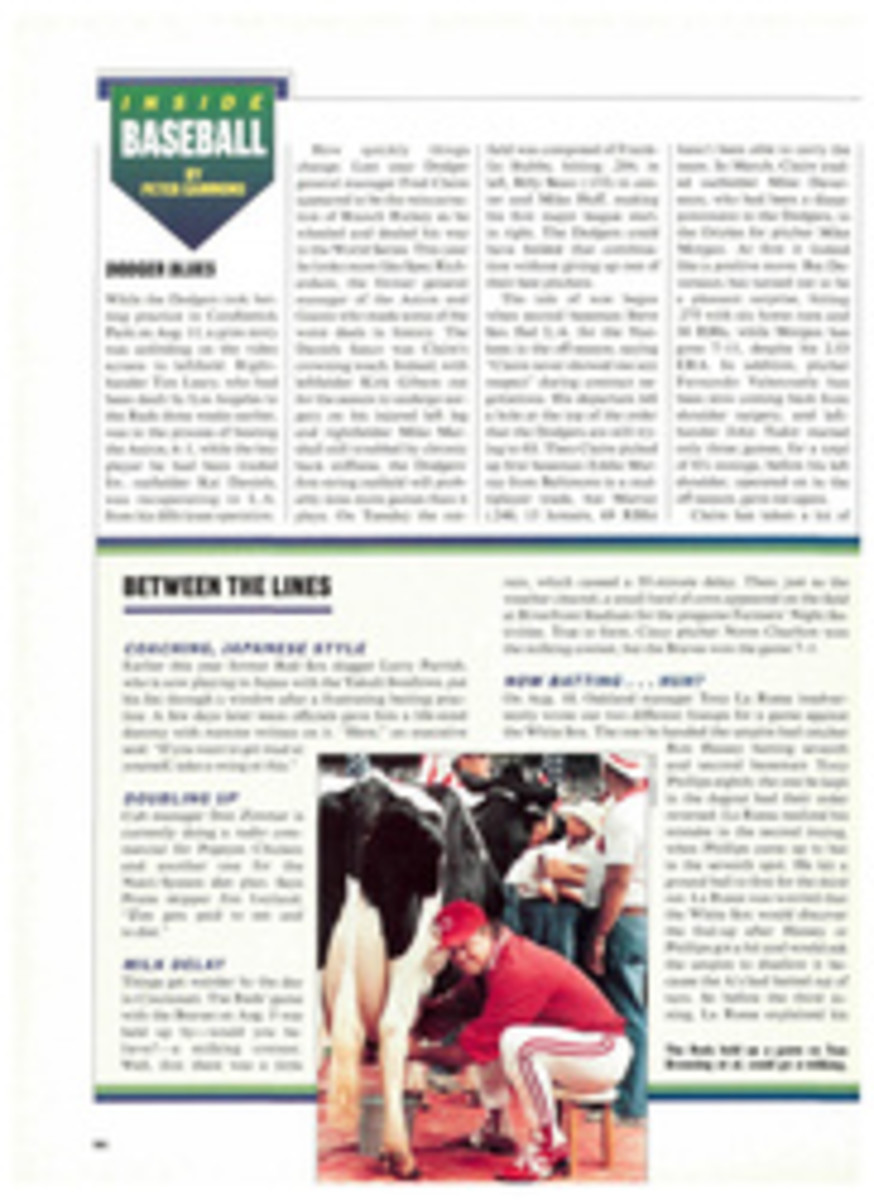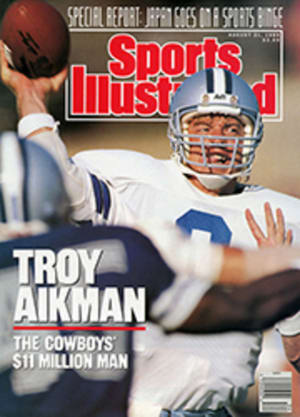
Money Fuels the Honda Wonder
You think the Japanese have given U.S. carmakers problems? Just consider what they've done to Grand Prix automobile racing. During the 1988 season the McLaren-Honda team won 15 of 16 Formula One races. The team drivers, Ayrton Senna and Alain Prost, finished one-two on 10 occasions, with Senna winning eight races and Prost seven. McLaren-Honda has barely slowed this season, winning seven of the first 10 events. Says Michael Kranefuss, head of Ford's Special Vehicle (i.e., racing) program: "At this point, no one can compete with them."
The Honda Motor Co. took its first lap in an F/1 race in 1964. The company had already established itself in international motorcycle racing and felt it was ready to take on such legendary automobile racing teams as Ferrari, Lotus and Porsche on the Grand Prix circuits. It wasn't. The technically dazzling but chronically overweight, and thus rarely competitive, Hondas proved more an embarrassment than a showcase, and after four expensive years, the company packed up and went home.
It was almost 20 years until Honda returned to F/1. In the meantime, it had some success on the Formula Two circuit, winning the European Championship in 1981. When Honda did come back to F/1 in 1983, it built only the engines and left the problems of chassis design to specialty firms. Before the 1985 season, Honda signed a contract to provide the Frank Williams Racing team with turbocharged V-6 engines. The deal paid quick dividends as Williams Racing won the final three events of that season. Victories came even more frequently over the next two years, but in 1988 Honda left Williams and hooked up with McLaren, forming the combination that has rarely been out of the winner's circle since.
Those successes have been fueled as much by yen as anything else. Honda is reputed to spend more than $100 million a year on its Grand Prix program. Says Gerard Larrousse, a partner in the Larrousse/Lola-Lamborghini team: "You cannot do Formula One just a little. You must do it completely; you must spend the money to win. That is what Honda does."
Honda has been willing to match its money with manpower. The company has some 150 engineers, mechanics and designers at its research center in Wako, Japan, working exclusively on the F/1 project. A computer network puts them in instant contact with the race cars, be they on a circuit in Brazil, Monaco or Phoenix. Says Bernie Ecclestone, the British multimillionaire who controls the Grand Prix circuit, "Honda dedicated itself to doing the job properly. What Honda has done in racing reflects what it is doing throughout the car industry."
The development of the current Honda F/1 engine is a case in point. Three years ago the governing body for Grand Prix racing announced it was outlawing turbocharged engines. Teams would have two years to develop new powerplants. Ferrari decided to build a 12-cylinder engine, Renault opted for a 10 and Ford put together an eight. But while its competitors could only theorize what configuration would be fastest, Honda knew. Separate teams of Honda engineers designed and built three different engines—a 12, a 10 and an eight—to discover which really had the most potential. (It was the 10.) The project cost millions, but Honda had eliminated the guesswork.
Despite the fact that Honda is in business to sell cars, all its top management—not just the promotion and engineering departments—is closely involved with the racing program. That interest in racing as the cutting edge of technology has been a part of the company's philosophy since the beginning. Soichiro Honda, the 82-year-old founder of the company, was an engineer and auto racer himself. Honda still uses F/1 to condition its fast-track personnel. Tadashi Kume, the current president of Honda, was head engineer of the Grand Prix team in the 1960s.
It would be naive to say that Honda is looking to get nothing more from these victories than Jeroboams of champagne and handshakes for the guys at the drafting tables. A successful presence on the F/1 circuit can also boost sales and prestige. In the '80s, Honda has augmented its line of economy cars and small sedans with high-performance and luxury cars. Some of these models are close to the Mercedes-Benz/BMW price range. To rationalize such sticker prices, Honda has to offer something more than a reputation for fuel efficiency. A hot Grand Prix engine certainly helps. Perhaps this is even more important for the European market, where Japanese autos are hardly known because they have been all but shut out by trade restrictions. By 1992 many of the barriers between European countries are expected to come down, and by that time Honda, like other Japanese automakers, plans to be manufacturing cars and engines in Great Britain for the European market. In Europe, World Cup soccer is the only sport that rivals the popularity of Grand Prix racing (the total TV audience for the 16 races on the F/1 calendar is estimated to be 1.5 billion people, which lures approximately $400 million in sponsorship money into the sport); a consistent winning record on the F/1 circuit could give Honda a big edge in the showroom. It probably is no coincidence that Mercedes-Benz returned to endurance racing three years ago, after a three-decade hiatus.
There has been some talk about regulating McLaren-Honda out of the winner's circle, but that's not the way Grand Prix races should be won. Says Herbie Blash, manager of the Brabham-Judd team: "People are mad about McLaren-Honda winning so much, but they should worry more about the job they're doing themselves. There's nothing magic about what McLaren-Honda has done. It's really only a matter of hard work and money."
So far, no one else has found a way to work as hard—or spend as much.
PHOTO
ALLSPORT/VANDYSTADT
PROST (LEFT) OR SENNA HAS TAKEN THE CHECKERED FLAG IN 22 OF THE PAST 26 F/1 RACES

